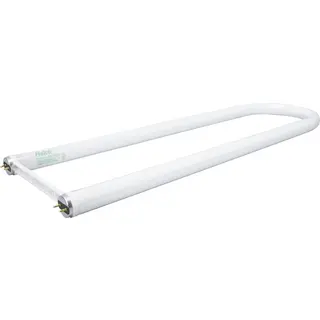If you’re here, you’re probably wondering: what’s with this number, 60509×3.4? Is it something useful, like a formula, or just random math?
At first glance, it might seem like just another number—but for those in fields that use specific calculations (think engineering or data work), numbers like 60509×3.4 can be significant. So let’s break it down together and see why you might need it and how to use it right.
60509×3.4: The Breakdown
To start, 60509×3.4 is a calculation.
If you do the math, this simple equation equals 205,729.4.
But understanding numbers isn’t just about calculating them. You might ask, “Where does 60509×3.4 actually come in handy?”
Let’s explore how you might find this number cropping up in certain industries, or maybe even in day-to-day scenarios.
Where Do We Use 60509×3.4 in Real Life?
- Construction Estimates
Construction projects are all about precise measurements. Imagine a project manager trying to order materials based on square footage or volume. If they need 60,509 units of a material multiplied by a factor (like 3.4 for density or height), they’ll need to use numbers like 60509×3.4. This ensures they order the right amount, avoiding both shortages and excess costs. - Data Analysis and Reports
Data analysts regularly work with large datasets, often requiring multiplication factors to predict trends. For instance, a marketing analyst might multiply customer data by growth factors (like 3.4) to project future revenue. Using 60509×3.4 in this context means projecting a specific value, which helps the team plan resources better. - Science and Engineering Calculations
Engineers often use constants and factors to determine specifications. Think of a chemical reaction that requires certain quantities based on a formula—multiplying base measurements like 60509 by factors (3.4) could give the exact quantity needed for a safe reaction.
These examples show that while 60509×3.4 might seem like a random number, it holds practical value in different fields.

Common Questions About 60509×3.4
Q: Why 3.4? Can I use a different factor?
Yes, the factor can change based on context. If you’re in construction, 3.4 might represent a height or width multiplier. But if another value suits your needs better, go with that. Just make sure the math still makes sense for your goals.
Q: What if I miscalculate 60509×3.4?
Errors can happen, but they might cost you. Say, in construction, if you multiply incorrectly, you might end up ordering way too much or too little material. Double-checking your math, especially with numbers like 60509×3.4, saves time and money.
Q: Is there a software tool to handle calculations like 60509×3.4?
Yes! Spreadsheet tools (Excel, Google Sheets) and scientific calculators handle these numbers easily. If you’re working with more complicated data, consider specialized software. Many project management and data tools can handle large-scale calculations for accuracy.
Why Accuracy Matters: A Real Story
Let’s bring in a real-life example to show the impact of accuracy with numbers like 60509×3.4.
A construction company once miscalculated the materials needed for a project because of a small multiplier error. They ordered 3.4 times too much of a key component, thinking they’d only multiplied by 1.4. This oversight led to extra costs in shipping and storage, impacting the project’s bottom line.
So, when you’re dealing with numbers like 60509×3.4, even small details matter. Checking your math could save you from a similar fate.
The Practical Guide to Using 60509×3.4
If you’re handling numbers regularly, here’s how to make sure you’re doing it right:
- Use Reliable Tools: Calculators or spreadsheet software can prevent mistakes, especially with large numbers.
- Check the Factor: Understand why you’re using a factor like 3.4. Is it for volume, height, or density? Make sure it’s the right fit for your project.
- Double-Check Calculations: Even if it seems simple, run through your numbers again. Small errors can add up fast, especially in larger projects.

FAQs on Similar Calculations
How do I choose a multiplication factor?
Your factor depends on your industry needs. In engineering, it might be a standard constant. In data analysis, it could represent an average growth rate.
Can I automate calculations like 60509×3.4?
Definitely. Many spreadsheet programs allow you to automate such calculations. Set up formulas in Excel or Google Sheets for quick, repeatable results.
Why not just round up the answer?
Rounding is convenient, but for specific tasks, you’ll need precision. Rounding can skew your final results, especially in projects that require tight control over costs or materials.
What if I don’t know the correct factor?
If you’re unsure, consult someone in your field—ask a colleague or look up industry standards online. Many fields, like construction and data analysis, have commonly used factors for different calculations.
60509×3.4 in Summary
The number 60509×3.4 might look like random math, but in real-world applications, it’s a powerful tool.
Whether you’re in construction, data analysis, or engineering, understanding and using this calculation correctly can make a big difference in planning, budgeting, and achieving project goals.
So, next time you encounter a number like 60509×3.4, you’ll know it’s not just numbers on a page—it’s a way to get things right.






